Top Things to Know Before Buying House Plant Soil
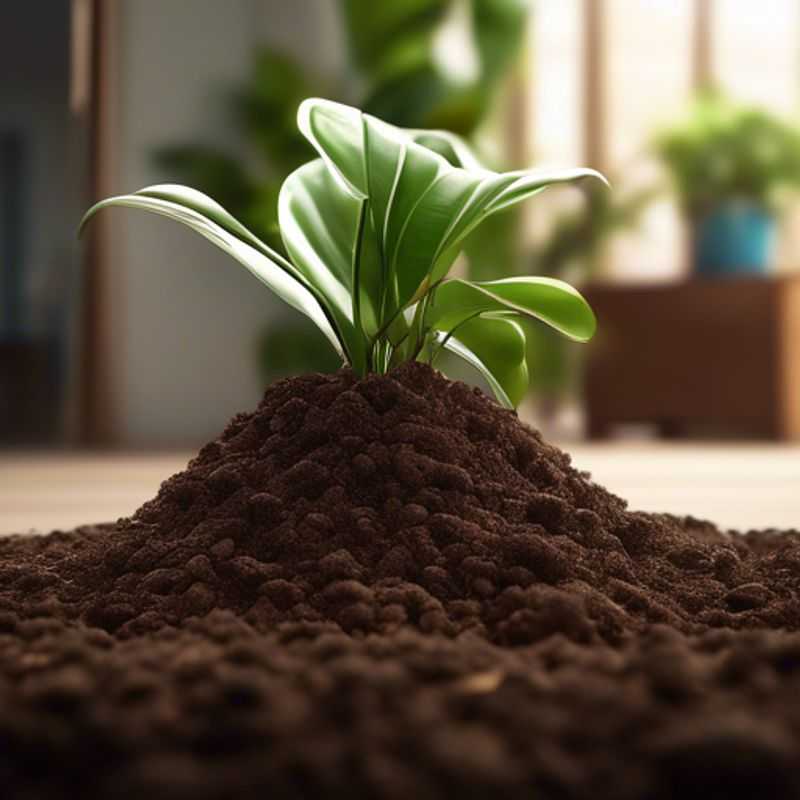
Top Things to Know Before Buying House Plant Soil: A Guide for Green Thumbs
Bringing a touch of green into your home with houseplants is fantastic, but choosing the right soil is crucial for their health and happiness.

Understanding Soil Mixes: Finding the Perfect Blend for Your Houseplants
Choosing the right soil mix for your houseplants is crucial for their health and growth. Different types of soil mixes cater to specific plant needs, so understanding them is essential.
Potting soil is the most common and is a blend of peat moss, vermiculite, and perlite. It provides good drainage and aeration, suitable for many houseplants.
Cactus and succulent mixes are formulated for plants that require well-draining soil, often containing perlite, sand, and pumice. They help prevent root rot and ensure good aeration.
Seed starting mix is a lightweight and airy blend, often with vermiculite and peat moss, ideal for germinating seeds and promoting strong root development.
African violet mix is formulated specifically for African violets and similar plants, typically containing a blend of peat moss, vermiculite, and composted bark. It provides a slightly acidic environment, favoring their growth.
Orchid mix is a specialized mix designed for orchids, typically containing bark, charcoal, and sphagnum moss. It allows for good aeration and water retention, mimicking their natural environment.
Coco coir, a natural fiber derived from coconuts, is a sustainable and effective soil amendment. It retains moisture well, is naturally pest-resistant, and provides good aeration. It can be used alone or mixed with other soil components.
Perlite and vermiculite are inorganic materials that improve soil structure and drainage. They are often added to soil mixes to enhance aeration and water retention.
When choosing a soil mix, consider your plant's specific needs. Always read the label to understand the composition and suitability for your chosen plant.
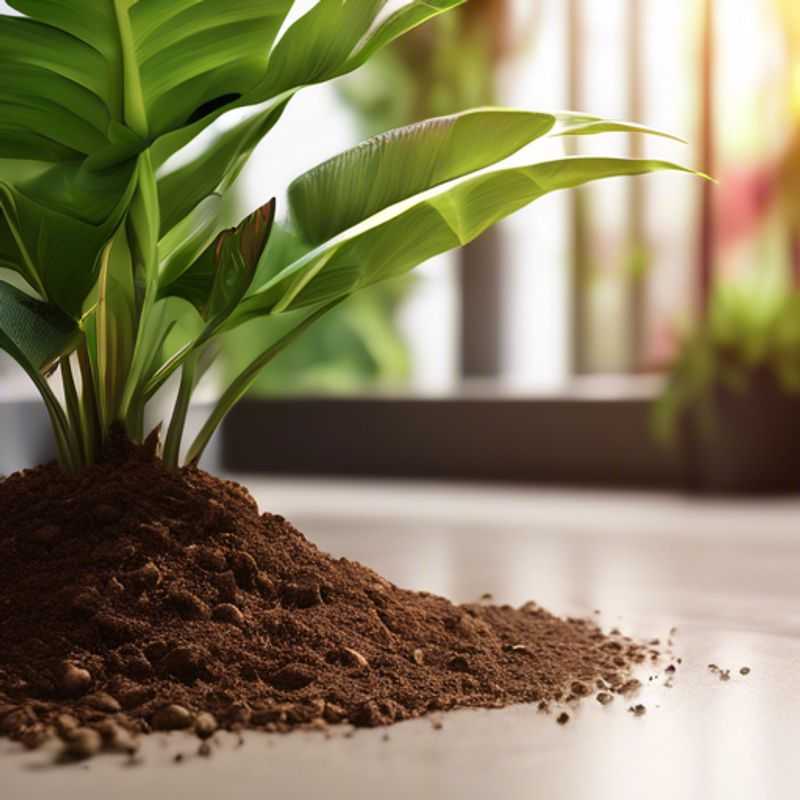
Tailoring Drainage and Aeration for Plant Success
Understanding the drainage and aeration needs of your plants is crucial for their health and growth. Different plants have different requirements, so it's essential to research the specific needs of your chosen species.
Drainage: refers to how well water can flow through the soil. Poor drainage can lead to root rot, as waterlogged soil deprives roots of oxygen. To improve drainage, you can use a potting mix designed for the plant's needs and ensure the container has drainage holes.
Aeration: refers to the air spaces within the soil. Adequate aeration allows roots to breathe and absorb nutrients. Well-aerated soil is light and fluffy. To enhance aeration, you can add amendments like perlite or vermiculite to the soil mix.
You can also monitor your plants for signs of poor drainage or aeration, such as wilting even when watered, yellowing leaves, or stunted growth.
While there's no direct cost associated with understanding drainage and aeration, it's important to consider the cost of repotting, amending soil, or purchasing the appropriate potting mix. Investing in these practices can save you money and stress in the long run by preventing plant problems.
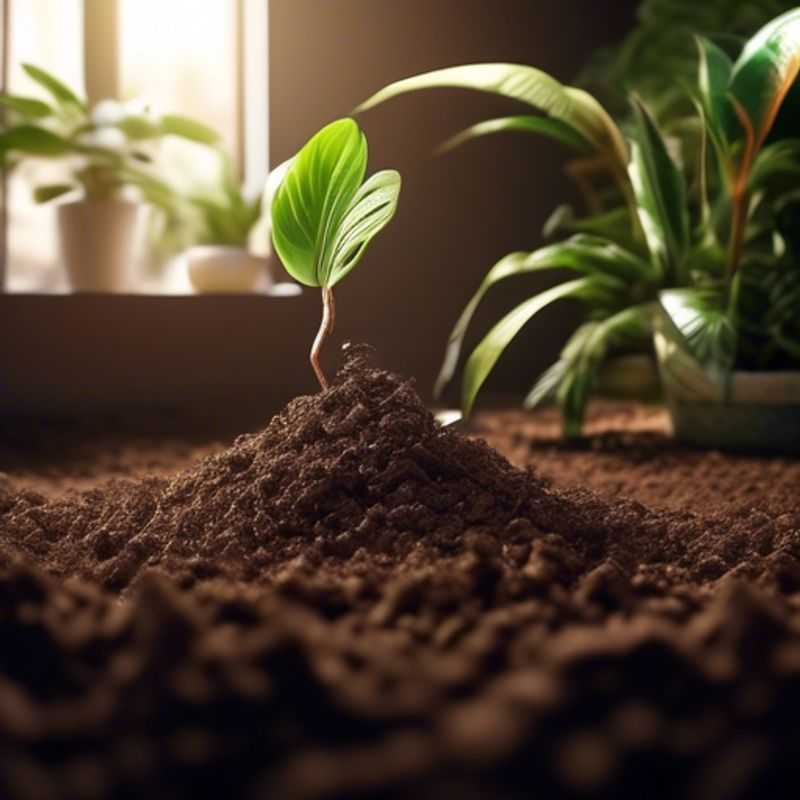
Finding the Perfect Soil: A Pest, Disease, and Weed-Free Start
Ensuring your soil is free of pests, diseases, and weed seeds is crucial for a healthy garden. Here's a quick guide to help you achieve that:
Start with a clean slate: Before you start planting, remove any existing plants or weeds. This helps prevent the spread of pests and diseases.
Inspect carefully: Examine the soil for signs of pests or diseases, such as holes, tunnels, or discoloration. Look for any visible weed seeds.
Solarization: For a natural solution, try solarization. Cover the soil with clear plastic sheeting for several weeks during the hottest months. This method can kill many pests, diseases, and weed seeds by raising the soil temperature.
Use sterile soil: Consider purchasing commercially prepared sterile potting mix or soil. This is a great option for starting seeds indoors or for container gardening.
Consider soil amendments: Adding beneficial soil amendments can help control pests and diseases. Compost, for instance, introduces beneficial microorganisms that help suppress disease-causing organisms.
Rotation is key: If you're planting directly in the ground, rotate your crops yearly. This helps reduce the buildup of specific pests and diseases that might target certain plants.
Don't forget to sanitize tools: Sanitize your garden tools regularly with a bleach solution to prevent the spread of pests and diseases.
Preventative measures: To minimize the risk of introducing pests or diseases, always purchase healthy plants from reputable sources. Check your plants regularly for any signs of trouble.
Remember: The goal is to create a healthy environment where your plants can thrive. Keep an eye on your soil and act promptly to address any issues that may arise.
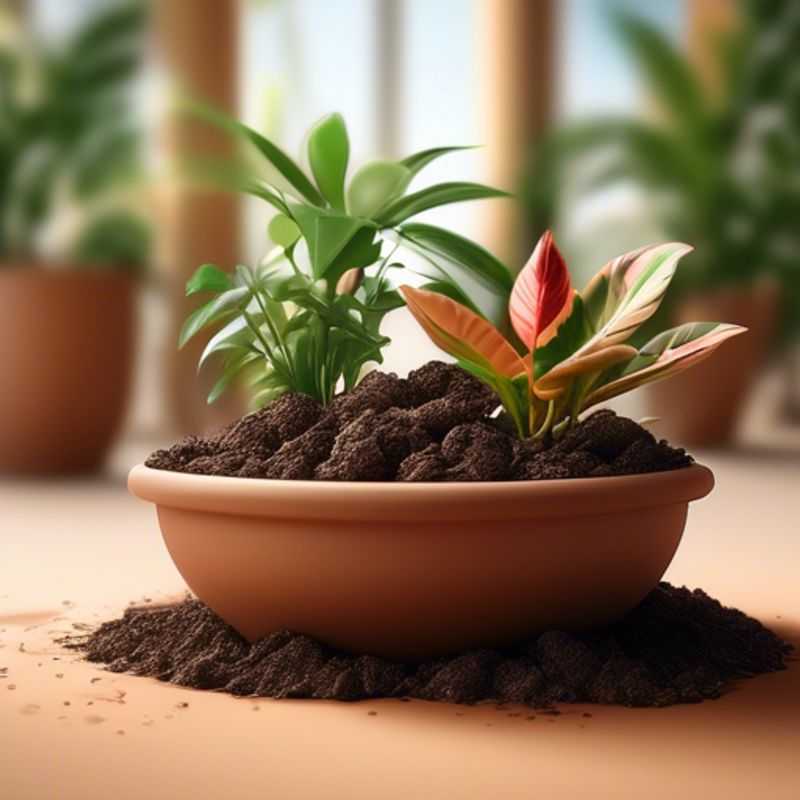
Soil pH: The Key to Happy and Healthy Plants
Soil pH is a crucial factor in plant health. Understanding your soil's pH level allows you to create an environment where your plants can thrive. Most plants prefer a slightly acidic soil, with a pH between 6.0 and 7.0. However, some plants, like blueberries, thrive in more acidic conditions.
Knowing your soil's pH is the first step. You can purchase a soil testing kit at most garden centers. These kits provide a simple and inexpensive way to measure the pH of your soil. There are also soil testing labs that can provide more comprehensive analyses.
Once you know your soil's pH, you can adjust it if necessary. If your soil is too acidic, you can raise the pH by adding lime.If your soil is too alkaline, you can lower the pH by adding sulfur.
Monitoring your soil's pH regularly, especially after applying amendments, can help ensure your plants have the best possible chance of flourishing.
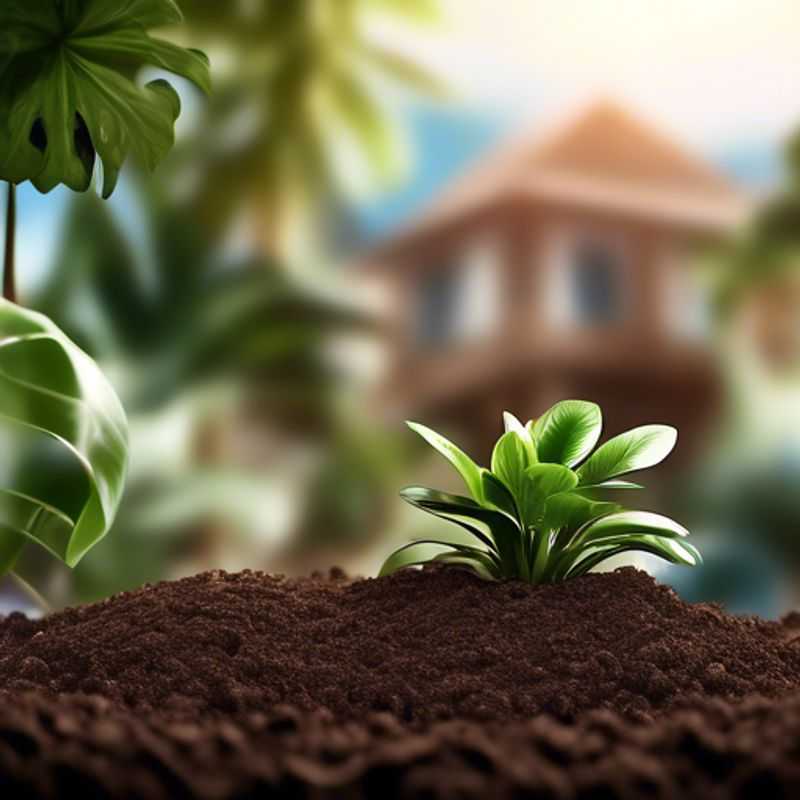
Why Garden Soil Isn't Always the Best Choice for Your Pots
Garden soil, while ideal for outdoor planting, can be problematic for potted plants. It's often too dense and heavy, leading to poor drainage and suffocating roots. This can result in stunted growth and even plant death.
Avoid using garden soil for potted plants. Opt for a lighter, well-draining potting mix specifically formulated for container gardening. These mixes typically contain a blend of peat moss, vermiculite, and perlite, which provide optimal aeration and water retention.
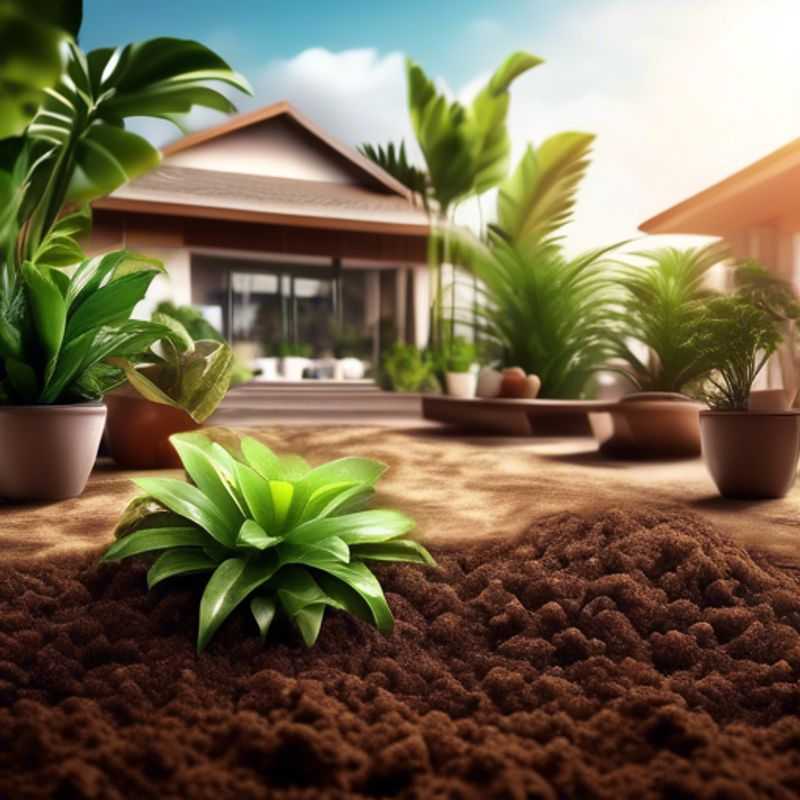
The Goldilocks of Soil: Finding the Perfect Moisture Balance
When choosing a soil mix, it's crucial to find a balance between moisture retention and drainage. A well-balanced mix will provide the optimal environment for your plants to thrive.
Here's what you need to consider:
Moisture Retention:
Soil with good moisture retention helps keep your plants hydrated, particularly during dry spells. Look for ingredients like peat moss, coco coir, or compost. These materials absorb and hold water, providing a consistent moisture supply for your plants.
Drainage:
Proper drainage is just as important as moisture retention. Soil that's too compacted or lacks drainage can lead to root rot. Incorporate ingredients like perlite, vermiculite, or pumice into your mix. These materials improve aeration and prevent waterlogging.
The Golden Ratio:
Aim for a mix that combines moisture-retaining components with drainage-enhancing materials. A common starting point is a 1:1 ratio of peat moss or coco coir to perlite or vermiculite. You can adjust this ratio based on your plant's specific needs and your climate.
Remember: A soil mix that retains moisture well but also allows for proper drainage is key for healthy plant growth. Experiment with different ratios and ingredients to find what works best for your plants.
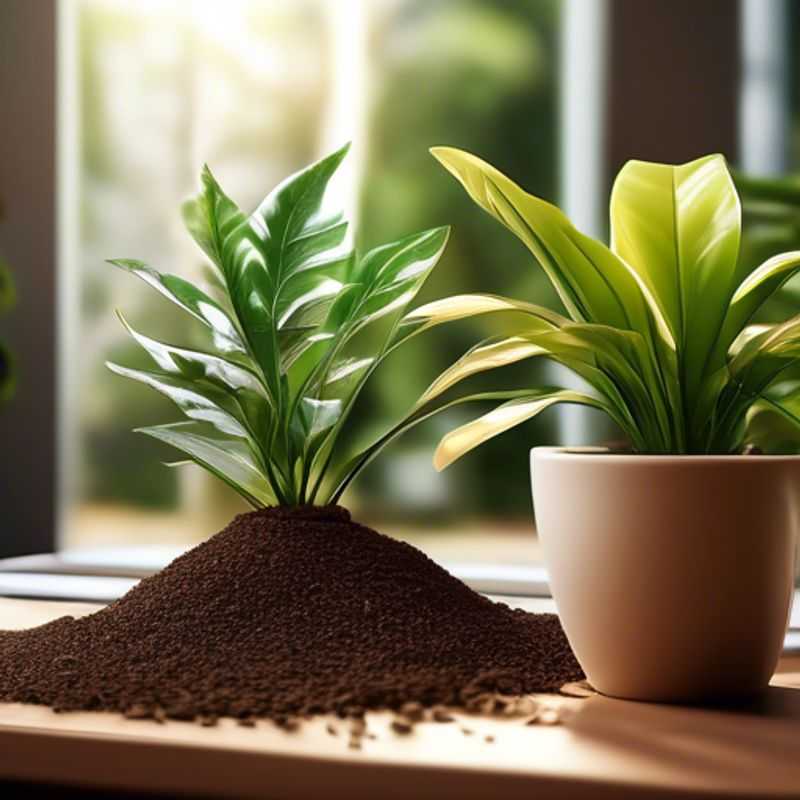
The Right Soil Recipe for Happy Plants: Lightweight and Nutrient-Rich
Achieving the perfect soil mix for your plants is crucial for their health and growth. Lightweight soil allows for proper drainage, preventing root rot, while providing ample nutrients ensures strong development.
You can create your own soil blend or purchase pre-made mixes. Compost is a valuable ingredient, offering organic matter and nutrients. Perlite and vermiculite are excellent additions for aeration and water retention.
Don't forget to consider the specific needs of your plants. Acid-loving plants like rhododendrons require a different mix than alkaline-loving plants such as roses.
Regular testing and adjustments are key. Soil testing kits can help determine nutrient levels and guide you in making necessary amendments. A little effort in creating the right soil environment can make a big difference in your plants' success.
